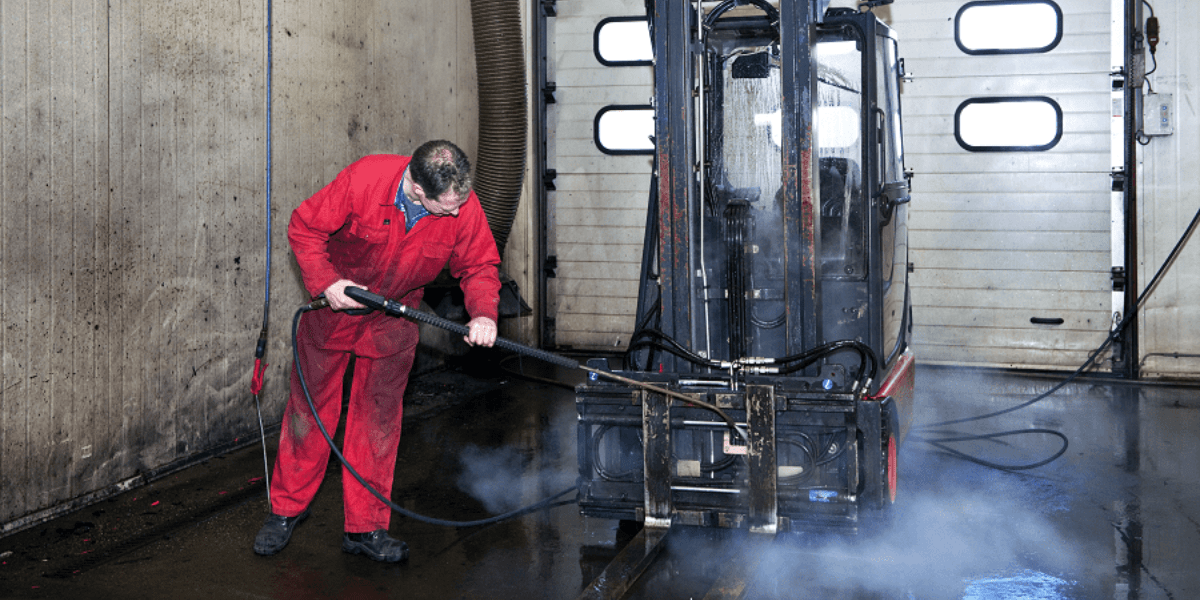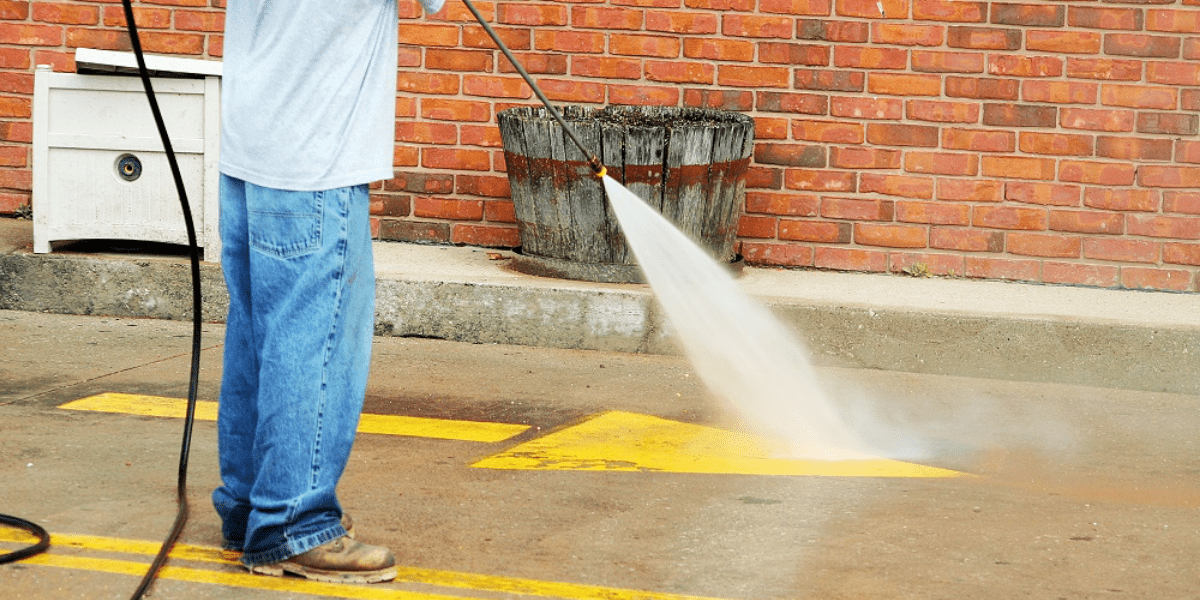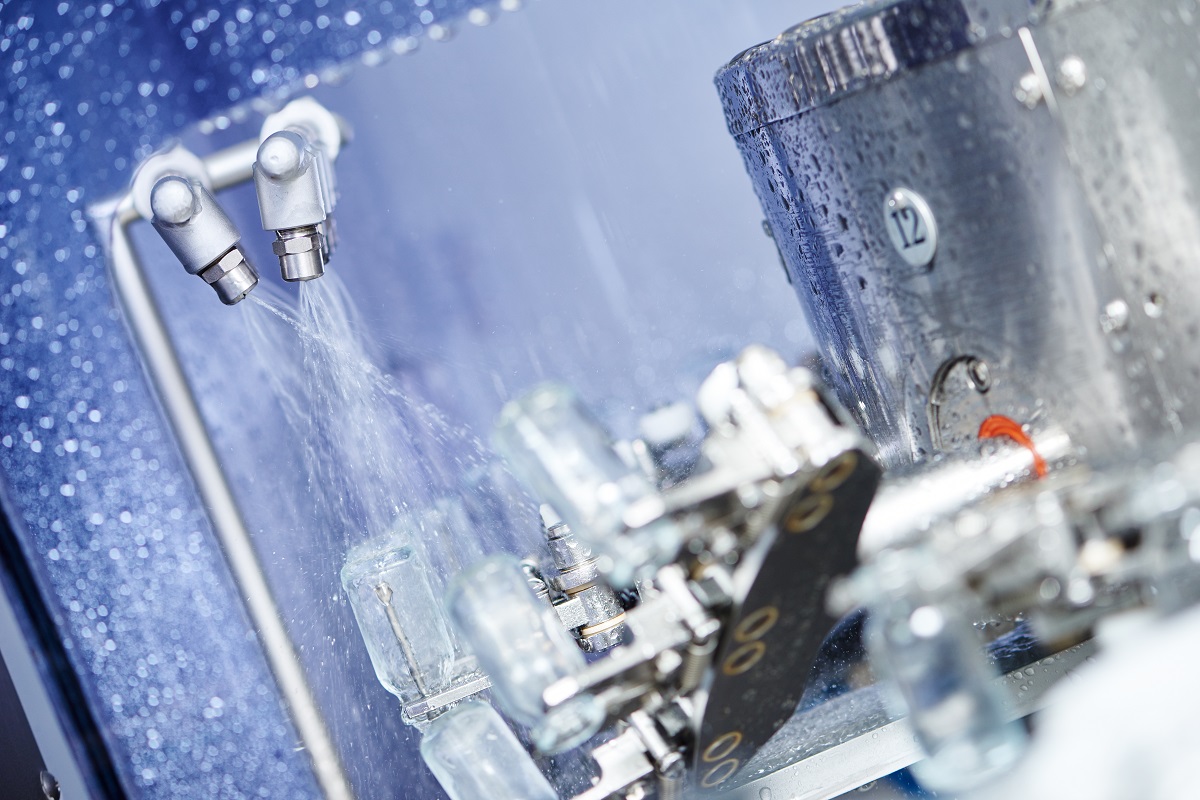The process of resin and epoxy removal is generally tedious and may require a strong cleaning agent to speed up the process. The most common resin...
Blog


CHEMICAL INDUSTRY NEWS
Chemical Chat – Discover What’s New!
Are There Special Pressure Washing Chemicals?
A common inquiry we receive often is, are there special pressure washing chemicals? Across the wide cleaning market, there are a great many...
Benefits of Sodium Hypochlorite Pressure Washing
How can sodium hypochlorite pressure washing help you with your cleaning projects? Sodium hypochlorite (the chemical name for bleach) is a...
Best Pressure Washing Chemicals
What are the best pressure washing chemicals for your needs? Yes, there are many choices available today, when you’re...
Are There Special Pressure Washing Chemicals?
A common inquiry we receive often is, are there special pressure washing chemicals? Across the wide cleaning market,...
Company News

Managed Services
Discover the Latest in Safe and Sustainable Chemical Solutions
Stay informed with Ecolink’s blog! Subscribe now
Chemical Management Information
Stay updated with us
Sign Up for the Latest Updates
Stay informed about chemical supply chain disruptions and emerging innovations to keep your business at the forefront of efficiency and innovation. Uncover new ways to make your business practices more sustainable by incorporating safer products into your cleaning lineup.


























